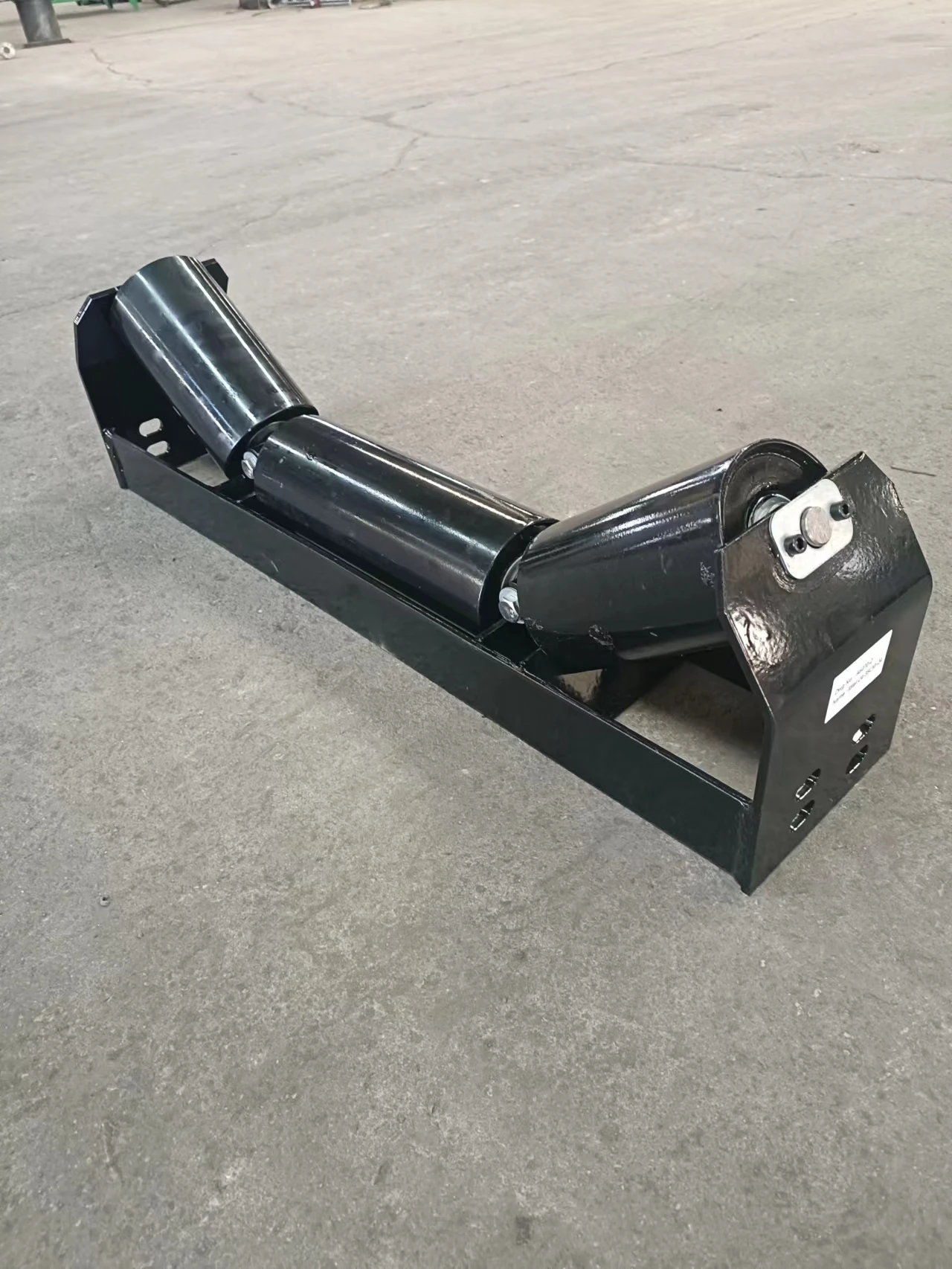 Afrikaans
Afrikaans  Albanian
Albanian  Amharic
Amharic  Arabic
Arabic  Armenian
Armenian  Azerbaijani
Azerbaijani  Basque
Basque  Belarusian
Belarusian  Bengali
Bengali  Bosnian
Bosnian  Bulgarian
Bulgarian  Catalan
Catalan  Cebuano
Cebuano  Corsican
Corsican  Croatian
Croatian  Czech
Czech  Danish
Danish  Dutch
Dutch  English
English  Esperanto
Esperanto  Estonian
Estonian  Finnish
Finnish  French
French  Frisian
Frisian  Galician
Galician  Georgian
Georgian  German
German  Greek
Greek  Gujarati
Gujarati  Haitian Creole
Haitian Creole  hausa
hausa  hawaiian
hawaiian  Hebrew
Hebrew  Hindi
Hindi  Miao
Miao  Hungarian
Hungarian  Icelandic
Icelandic  igbo
igbo  Indonesian
Indonesian  irish
irish  Italian
Italian  Japanese
Japanese  Javanese
Javanese  Kannada
Kannada  kazakh
kazakh  Khmer
Khmer  Rwandese
Rwandese  Korean
Korean  Kurdish
Kurdish  Kyrgyz
Kyrgyz  Lao
Lao  Latin
Latin  Latvian
Latvian  Lithuanian
Lithuanian  Luxembourgish
Luxembourgish  Macedonian
Macedonian  Malgashi
Malgashi  Malay
Malay  Malayalam
Malayalam  Maltese
Maltese  Maori
Maori  Marathi
Marathi  Mongolian
Mongolian  Myanmar
Myanmar  Nepali
Nepali  Norwegian
Norwegian  Norwegian
Norwegian  Occitan
Occitan  Pashto
Pashto  Persian
Persian  Polish
Polish  Portuguese
Portuguese  Punjabi
Punjabi  Romanian
Romanian  Russian
Russian  Samoan
Samoan  Scottish Gaelic
Scottish Gaelic  Serbian
Serbian  Sesotho
Sesotho  Shona
Shona  Sindhi
Sindhi  Sinhala
Sinhala  Slovak
Slovak  Slovenian
Slovenian  Somali
Somali  Spanish
Spanish  Sundanese
Sundanese  Swahili
Swahili  Swedish
Swedish  Tagalog
Tagalog  Tajik
Tajik  Tamil
Tamil  Tatar
Tatar  Telugu
Telugu  Thai
Thai  Turkish
Turkish  Turkmen
Turkmen  Ukrainian
Ukrainian  Urdu
Urdu  Uighur
Uighur  Uzbek
Uzbek  Vietnamese
Vietnamese  Welsh
Welsh  Bantu
Bantu  Yiddish
Yiddish  Yoruba
Yoruba  Zulu
Zulu Conveyor System Head Roller Design and Functionality Overview
Understanding Conveyor Head Rollers A Key Component in Material Handling Systems
Conveyor systems are a vital part of many industries, facilitating the efficient movement of materials and products. Among the various components that make up these systems, the conveyor head roller plays a crucial role in ensuring smooth operation and optimal performance. In this article, we will explore the function, importance, and maintenance of conveyor head rollers.
What is a Conveyor Head Roller?
The conveyor head roller, also known as a drive roller or head pulley, is typically located at the end of a conveyor system where the material is discharged. It serves multiple purposes, primarily driving the conveyor belt. As the roller rotates, it moves the belt forward, allowing for the transportation of goods along the conveyor path. Conveyor head rollers come in various sizes and materials, tailored to meet specific application needs.
Functionality and Design
The design of a conveyor head roller includes several key elements to enhance its functionality
. Most head rollers incorporate grooves or ridges that allow for better grip on the conveyor belt, preventing slippage during operation. They are often manufactured from durable materials such as steel or rubber, which can withstand various environmental conditions and the wear and tear from constant use.Additionally, these rollers are equipped with bearings that facilitate smooth rotation. Proper bearing selection is essential, as it directly impacts the roller's performance and lifespan. The alignment of the roller is also crucial; any misalignment can lead to premature wear of both the roller and the conveyor belt, resulting in increased maintenance costs and downtime.
Importance in Material Handling
conveyor head roller

Conveyor head rollers are integral to the overall efficiency of material handling systems. They not only ensure the effective movement of goods but also play a role in maintaining the integrity of the conveyor belt. A malfunctioning head roller can cause belt misalignment and other issues, leading to production delays or material spillage.
Moreover, the choice of head roller can influence the speed and throughput of a conveyor system. By optimizing the size and design of these rollers, businesses can enhance their operational efficiency, reducing handling times and lowering labor costs. This can be particularly beneficial in industries such as manufacturing, warehousing, and logistics, where timely product movement is paramount.
Maintenance and Care
To ensure the longevity and effectiveness of conveyor head rollers, regular maintenance is essential. This includes routine inspections for signs of wear, such as cracks, rust, or uneven surfaces. Bearings should be lubricated according to manufacturer specifications to prevent friction-related issues. Additionally, keeping the roller clean from debris and materials can prevent potential damage and maintain efficient operation.
Replacing worn or damaged rollers promptly is critical to avoid larger problems down the line. Businesses should establish a maintenance schedule that aligns with their operational demands, ensuring that each component of the conveyor system is functioning optimally.
Conclusion
In summary, conveyor head rollers are vital components in modern material handling systems. They drive the conveyor belts, ensuring efficient movement and transportation of goods within various industries. Understanding their function, maintaining them properly, and selecting the right type for specific applications can significantly enhance a conveyor system's performance. By prioritizing effective management of conveyor head rollers, businesses can improve productivity, reduce costs, and keep operations running smoothly.
-
Revolutionizing Conveyor Reliability with Advanced Rubber Lagging PulleysNewsJul.22,2025
-
Powering Precision and Durability with Expert Manufacturers of Conveyor ComponentsNewsJul.22,2025
-
Optimizing Conveyor Systems with Advanced Conveyor AccessoriesNewsJul.22,2025
-
Maximize Conveyor Efficiency with Quality Conveyor Idler PulleysNewsJul.22,2025
-
Future-Proof Your Conveyor System with High-Performance Polyurethane RollerNewsJul.22,2025
-
Driving Efficiency Forward with Quality Idlers and RollersNewsJul.22,2025





























